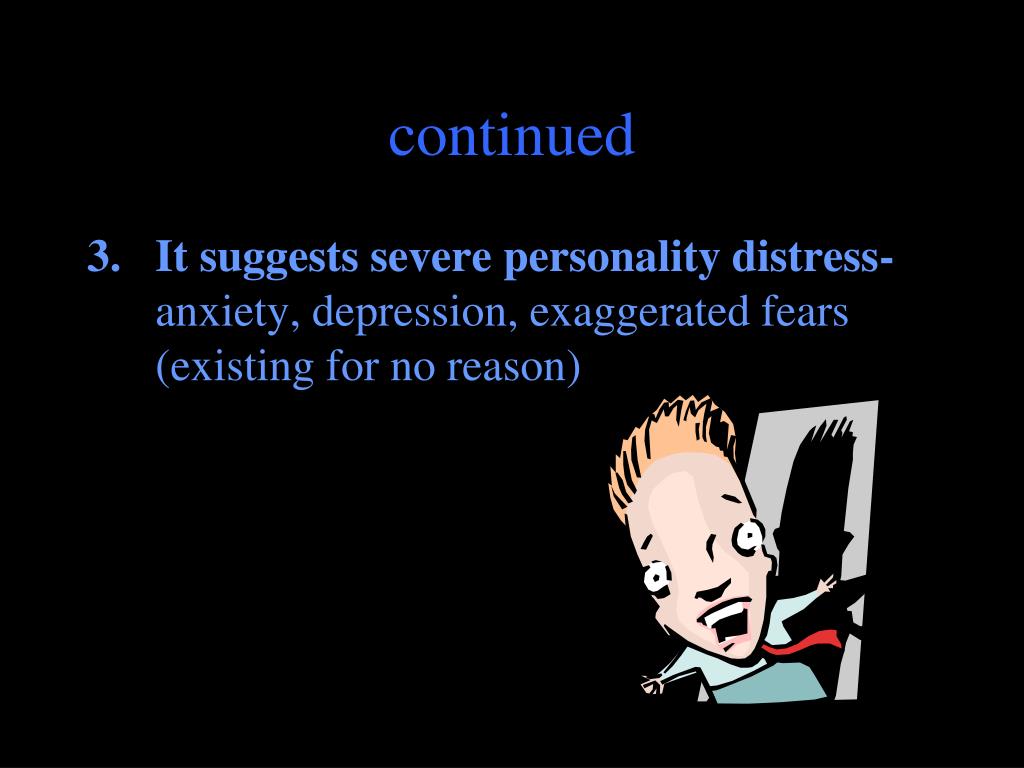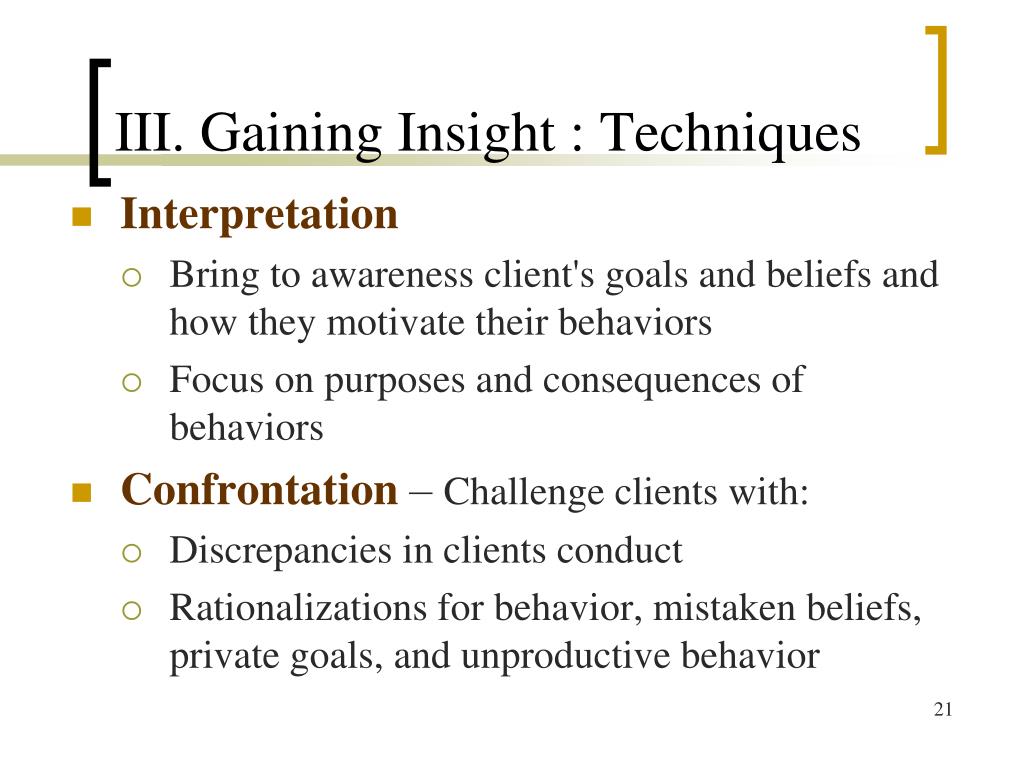
Such signals also differ for each of us and can be so subtle that they are often ignored until it is too late. However, that point or peak differs for each of us, so you need to be sensitive to the early warning symptoms and signs that suggest a stress overload is starting to push you over the hump. However, stress can be helpful and good when it motivates people to accomplish more.Īs illustrated to the left, increased stress results in increased productivity – up to a point, after which things go rapidly downhill. Stress was generally considered as being synonymous with distress and dictionaries defined it as “physical, mental, or emotional strain or tension” or “a condition or feeling experienced when a person perceives that demands exceed the personal and social resources the individual is able to mobilize.” Thus, stress was put in a negative light and its positive effects ignored. Stress is one of the very few words you will see preserved in English in these and other languages that do not use the Roman alphabet.īecause it was apparent that most people viewed stress as some unpleasant threat, Selye subsequently had to create a new word, stressor, to distinguish stimulus from response. Apparently, the male chauvinists prevailed, and le stress was born, quickly followed by el stress, il stress, lo stress, der stress in other European languages, and similar neologisms in Russian, Japanese, Chinese and Arabic. In 1946, when he was asked to give an address at the prestigious Collège de France, the academicians responsible for maintaining the purity of the French language struggled with this problem for several days, and subsequently decided that a new word would have to be created. There was no suitable word or phrase that could convey what he meant, since he was really describing strain. This created even more confusion when his research had to be translated into foreign languages. As expressed in Hooke’s Law of 1658, the magnitude of an external force, or stress, produces a proportional amount of deformation, or strain, in a malleable metal. Unfortunately, Selye was not aware that stress had been used for centuries in physics to explain elasticity, the property of a material that allows it to resume its original size and shape after having been compressed or stretched by an external force. Many scientists complained about this confusion and one physician concluded in a 1951 issue of the British Medical Journal that, “Stress in addition to being itself, was also the cause of itself, and the result of itself.” Others used stress to refer to what they perceived as the end result of these repeated responses, such as an ulcer or heart attack. For many, stress was their reaction to this in the form of chest pain, heartburn, headache or palpitations. Some people used stress to refer to an overbearing or bad boss or some other unpleasant situation they were subjected to.

Selye’s theories attracted considerable attention and stress soon became a popular buzzword that completely ignored Selye’s original definition. What Selye proposed was just the opposite, namely that many different insults could cause the same disease, not only in animals, but in humans as well. Tuberculosis was due to the tubercle bacillus, anthrax by the anthrax bacillus, syphilis by a spirochete, etc. At the time, it was believed that most diseases were caused by specific but different pathogens.

He later demonstrated that persistent stress could cause these animals to develop various diseases similar to those seen in humans, such as heart attacks, stroke, kidney disease and rheumatoid arthritis. Selye had noted in numerous experiments that laboratory animals subjected to acute but different noxious physical and emotional stimuli (blaring light, deafening noise, extremes of heat or cold, perpetual frustration) all exhibited the same pathologic changes of stomach ulcerations, shrinkage of lymphoid tissue and enlargement of the adrenals. And if you can’t define stress, how can you possibly measure it? The term “stress”, as it is currently used was coined by Hans Selye in 1936, who defined it as “the non-specific response of the body to any demand for change”. Stress is not a useful term for scientists because it is such a highly subjective phenomenon that it defies definition.


 0 kommentar(er)
0 kommentar(er)
